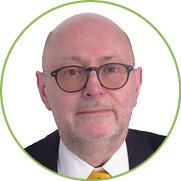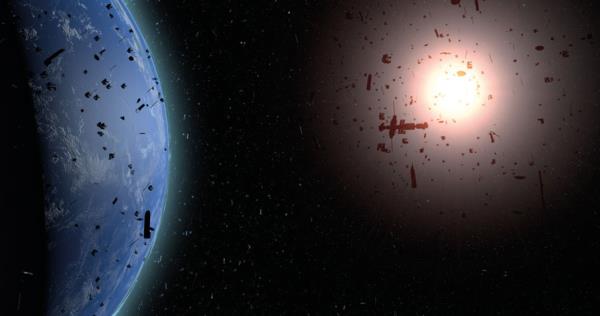06 October 2022

Martin Jarrold, vice president international programme development, GVF
In my previous column I included some perspectives on the imperatives of bringing environmental law to space. In recent contributions elsewhere I have considered the importance of various issues pertaining to the sustainability of human activity in space, issues that are part of a wider core dialogue concerning preserving the entirety of the terrestrial and non-terrestrial environment surrounding us. As well as better-managing Earth’s finite natural resources, preventing yet more environmental degradation, and behaving to preserve the planet’s current climate equilibrium, we must protect Earth’s vital orbital resources. In brief, space must remain sustainable.
In this connection I recently attended the 4th Summit for Space Sustainability hosted by the Secure World Foundation (SWF) and the United Kingdom Space Agency (UKSA) which took place in London on 22-23 June. The Summit was focused on developing solutions for space sustainability and encompassed a comprehensive cross-section of space sustainability issues: orbital capacity, space debris, space law and policy, lunar governance, national and international space security, and space stations.
Launched at the Summit was the Space Sustainability Rating (SSR). This is an innovative and practical tool to support space actors in designing their missions and managing their operations more sustainably and responsibly. The SSR “aims to recognise, reward, and encourage space actors to design and implement sustainable and responsible space missions to ensure the long-term sustainability of the space environment. It provides a unique rating system enabling space actors to comprehensively and transparently assess their missions’ impact on the space environment and other operators, as well as practical guidance on how to improve sustainability performance & practices.” (Quoted from a press release issued by the EPFL Space Centre – eSpace Consortium). More information about EPFL and the SSR is available here. It is very important reading for our times and affords us the opportunity not to repeat our Earthly mistakes in space.
Timed for publication during the Summit were important industry and government analyses of sustainability including, from the satellite operator Inmarsat, the Space Sustainability Report: Making the Case for ESG Regulation, International Standards and Safe Practices in Earth Orbit.
Donald J. Kessler’s eponymous cascading satellite collisions syndrome goes all the way back to 1978. At that time the occupation of geostationary (GEO) orbital positions by commercial communications satellites was still in its infancy. In the following decades the GEO orbital arc became progressively busier, but was (and is) characterised by our ongoing good husbandry. The principle issue now is that non-GEO orbital space is becoming congested, with a potential 100,000-plus satellites by the end of this decade adding to the debris already orbiting. The space sustainability imperative requires that we tackle the various new critical space management challenges by bringing our historical good husbandry of GEO to Low Earth Orbit (LEO).
LEO congestion does not only relate to, and potentially negatively impact, the future of satellite communications. The LEO environment is where many new Earth Observation satellites operate, the platforms on which we are increasingly coming to rely to monitor the physical evidence of planetary climate change and environmental degradation. It is this data that will help us better manage our Earth’s limited resources, monitor the changing environment, and stave off existential disaster. Therefore, space sustainability management cannot be placed in a silo as a separate challenge. Space management challenges are also an Earth management challenges. Forgive the pun, but watch this space.
On a separate note, the five finalists for GVF Quarter Century of Excellence Award – which celebrates GVF’s 25th anniversary year – have been chosen, and on 6 July executives representing Eutelsat, Hughes Network Systems, Inmarsat, Kratos, and SES, all recognised as industry leaders, featured in an online discussion and Q&A with co-hosts David Meltzer from GVF and Pacôme Révillon from Euroconsult to present their company’s case for being judged the “Best of the Best”. Watched by a group of independent jurors who will decide the winner, the result will be announced and the Award presented on 14 September 2022 at Euroconsult’s World Satellite Business Week Gala event in Paris which, like GVF, is celebrating its 25th year.
The LEO environment is where many new Earth Observation satellites operate, the platforms on which we are increasingly coming to rely to monitor the physical evidence of planetary climate change and environmental degradation.
Donald J. Kessler’s eponymous cascading satellite collisions syndrome goes all the way back to 1978. At that time the occupation of geostationary (GEO) orbital positions by commercial communications satellites was still in its infancy.








